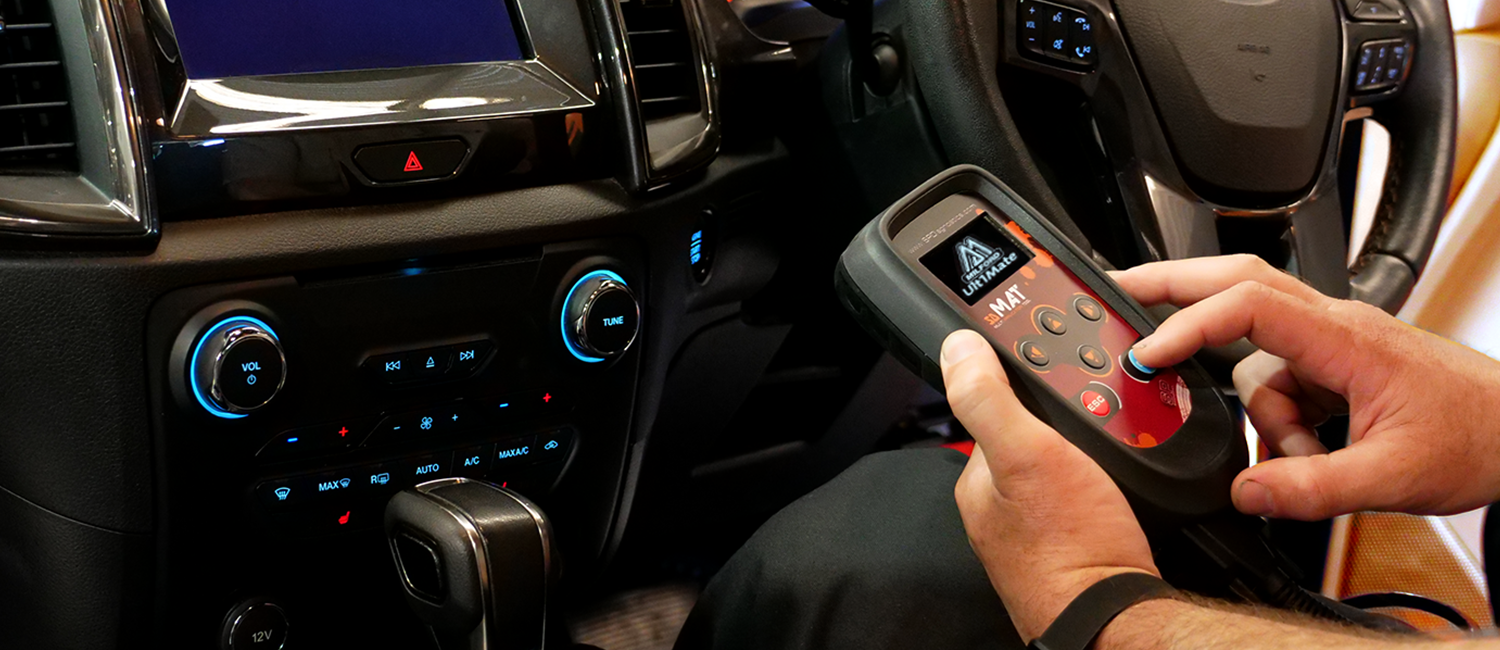
Advances in vehicle safety systems and drive train technologies have progressed significantly in recent years with most vehicles now requiring electronic ‘re-coding’ to operate safely and to improve the vehicles performance when towing. This is particularly the case with increasing vehicle GVM’s and larger towing payloads. A few vehicles are ‘trailer prepared’, however most require some form of vehicle re-coding. Any towbar installation that does not include this when required is simply incomplete and will not only compromise vehicle performance but moreover, may result in a potentially dangerous towing situation. Fortunately, the new Milford Ult1Mate Electronic Coding System can perform these vital re-coding requirements and is recommended to all Automotive Service Centres & Workshops, Vehicle Accessory fitters including 4WD Specialty Stores, mobile technicians and mobile accessory Installers fitting towbars. The system includes a portable coding handset which easily connects to the vehicle OBD-II port via the supplied OBD-II Male to 15-Pin DB15 Female connecting cable and a PC based support suite which backs up the handset with regular data updates and new vehicle applications.
(for video guides on how to set up your device, click the button below)
.png)
The PC based Application/User interface is intuitive & easy to use and further supported by Milford’s legendary customer service support program which includes video format operating instructions & user guides, print format operating instruction & user guides via download and their 1800 MILFORD Technical Support Hotline. Boasting more than 400 individual vehicle applications and regular vehicle updates, the Ultimate Electronic Coding System enables the operator to perform guided or manual vehicle coding changes to Trailer Stability, Sway Mitigation (VSC/ESC) programs, Powertrain Control Module (PCM), Body Control Module (BCM) enhancements and Advanced Driver Assistance system adaptions such as Rear Park Assist, Cross Traffic Alert, Blind Spot Detection, Lane Change Assist and Adaptive Cruise Control. Additionally, Dashboard notifications, displays and alerts can also be updated to reflect the coding changes made.
Activation of Trailer Stability Program
Blind Spot Monitors
Lane Change Warnings
Sway Mitigation
Deactivation of Rear Parking Sensors
Adaptive Cruise Control
Instrument Cluster Notifications
Alteration of Automatic Gearbox
Engine/Transmission Mapping
Ride Height Control
Tyre Pressure Monitoring
Deactivation of Rear Fog Lights